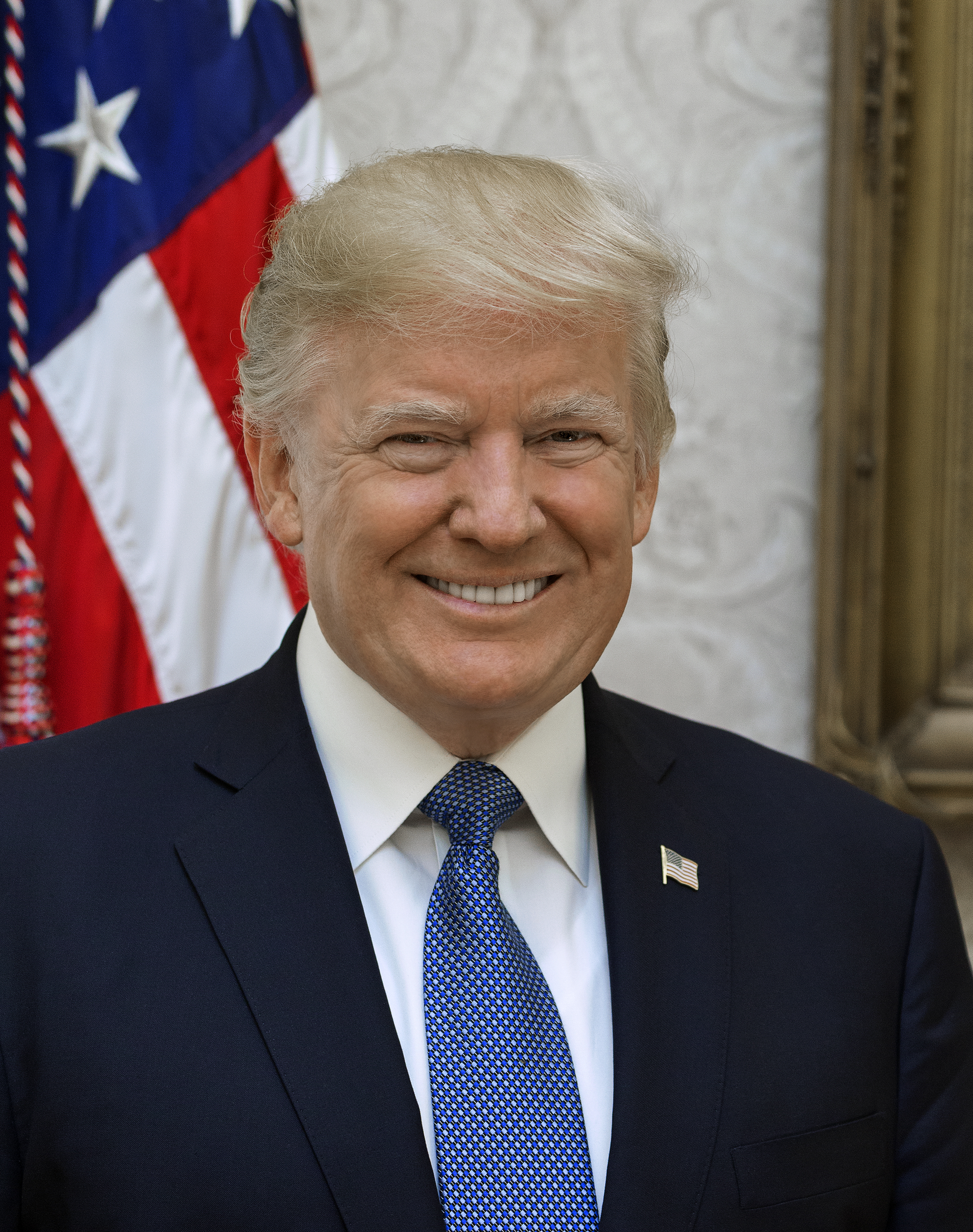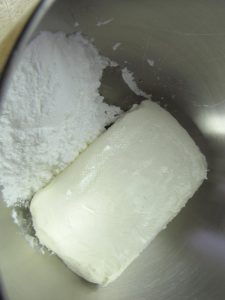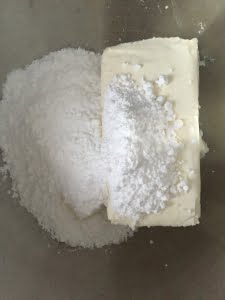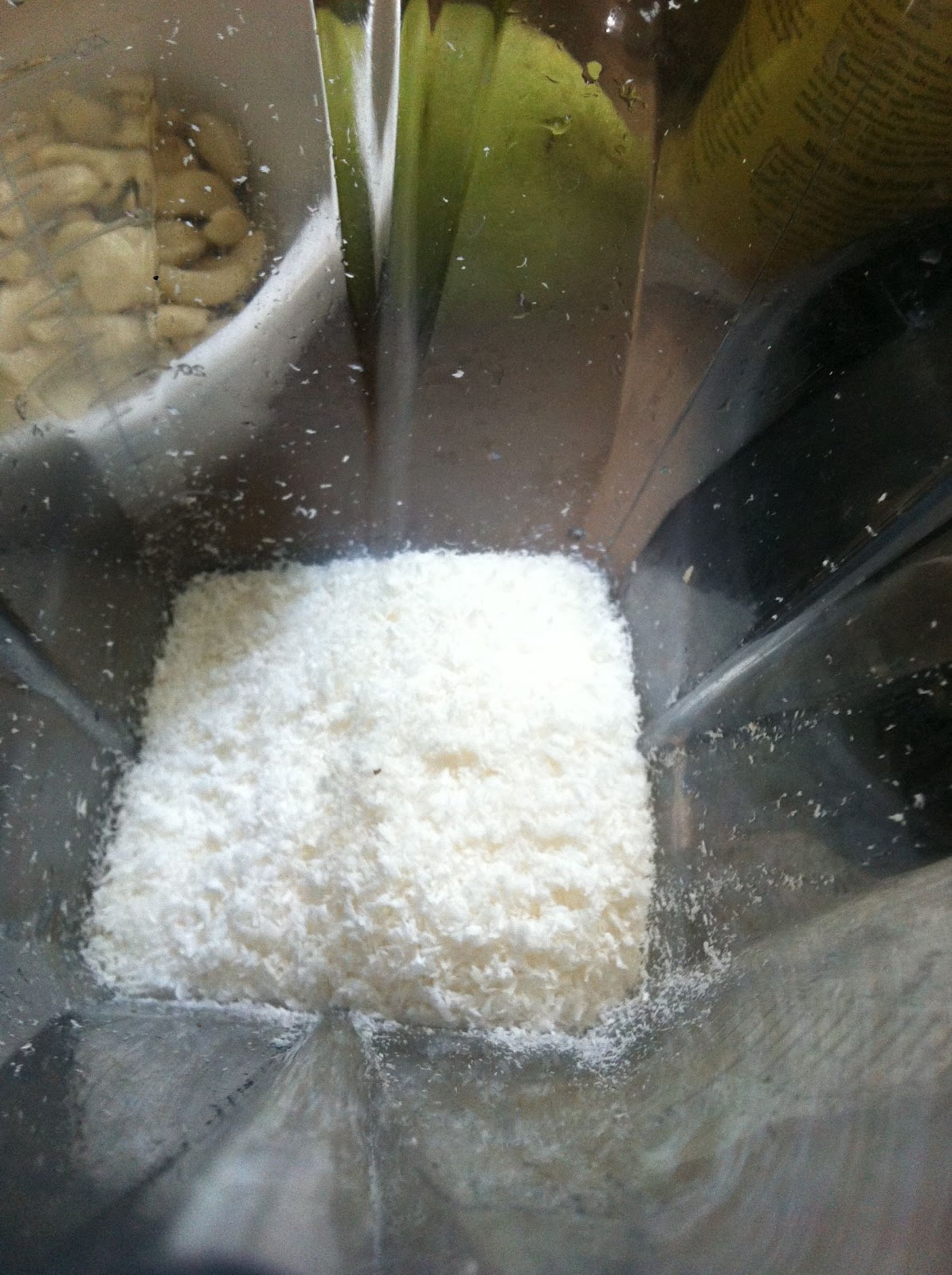Mephedrone (4-methylmethcathinone, often called “meow meow,” “M-CAT,” or simply a synthetic cathinone) is part of a broader class of synthetic cathinones known as “bath salts” or “legal highs” in earlier years. Produced in clandestine labs, these compounds mimic stimulants such as cocaine, amphetamines, and MDMA. Trump tariffs mephedrone
The chemical precursors and laboratory reagents used to make mephedrone overlap with legitimate chemical and pharmaceutical supply chains, though the specific precursors can vary by synthesis route and national controls. International monitoring agencies have tracked mephedrone since the late 2000s and have documented rapid changes in supply, composition, and harms.
2. Trump-era tariffs: scale, targets, and chemical exposure
The Trump administration’s major trade interventions — steel and aluminum tariffs (2018) and the broader Section 301 tariffs on a wide swath of Chinese imports — substantially raised U.S. duties on many product categories between 2018 and 2019. That tariff program covered a large list of goods including inorganic and organic chemicals, pharmaceutical products, and intermediate inputs used in manufacturing. Multiple economic analyses found that tariffs increased costs for firms that rely on imported inputs and shifted production networks. PIIE+1
Key points for chemical and pharma sectors:
-
Broad coverage: Lists included many chemicals and manufacturing inputs (not just finished consumer goods).
-
Input-cost effects: Tariffs on upstream inputs raise costs for domestic producers using those inputs, often offsetting any protection tariffs intended to help domestic industry. Studies find net negative effects on exposed manufacturing sectors. Federal Reserve
-
Pharma vulnerabilities: Proposed or hypothetical tariffs on medications or active pharmaceutical ingredients (APIs) would raise prescription costs and production expenses; industry analyses estimate large potential increases in consumer drug spending. Reuters

3. Mechanisms: how tariffs could affect mephedrone markets
Tariffs operate through several channels that can change the dynamics of illicit synthetic drug markets like mephedrone:
3.1. Higher input/precursor prices
If tariffs raise the cost of legitimate chemical inputs that are also diverted to illicit synthesis, the black market faces higher upstream costs. That could translate to higher wholesale prices for mephedrone — at least temporarily — or force producers to switch to cheaper substitute precursors or synthetic routes.
3.2. Supply-chain rerouting
Tariffs often incentivize importers to shift sourcing (e.g., China → EU, Southeast Asia) or to re-route shipments through third countries. Illicit traffickers have similar flexibility — changes in licit trade flows can create both opportunities and disruptions for diversion. International bodies have documented seizures of precursors and shifting flows in response to controls. INCB+1
3.3. Domestic production and innovation
When external inputs are costly or difficult to obtain, clandestine operators may invest in on-shore synthesis methods using locally available chemicals, or they may alter chemotypes (i.e., create new cathinone analogues) to evade controls. Both outcomes can raise unpredictability in potency and toxicity — and therefore public-health risk.
3.4. Enforcement, diversion, and unintended incentives
Tariff policy can interact with customs enforcement in complex ways. When customs concentrate on tariffed imports, resource diversion could create enforcement gaps elsewhere — sometimes exploited by illicit trafficking networks.
4. Empirical evidence & expert findings
The literature on how trade policy affects illicit drug markets is limited but instructive. Key takeaways:
-
Macro studies of the 2018–2019 tariff episodes show real effects on manufacturing costs, firm competitiveness, and supply networks, which can indirectly affect any market relying on those networks. Federal Reserve+1
-
International drug monitoring reports emphasize that the synthetic-drug phenomenon is adaptive: substitution of precursors, new synthetic routes, and shifting trafficking routes are common responses to enforcement and controls. This adaptive capacity reduces the long-term effectiveness of supply disruption policies. UNODC+1
-
Specific to healthcare costs, analyses of proposed pharma tariffs show large potential increases in drug spending and downstream pressure on health systems — a concrete downside if tariff policy expands into pharmaceutical inputs.
5. Likely market shifts for mephedrone (short and medium term)
Short term (weeks–months)
-
Price volatility: Disruptions to imports of certain chemical inputs may temporarily raise wholesale prices for mephedrone in some markets.
-
Supply bottlenecks: Some production hubs could face input shortages; low-quality substitutes may proliferate.
-
Localized spikes in harm: Rapid changes in chemical composition and potency tend to increase emergency visits and overdoses.
Medium term (months–2 years)
-
Substitution and rerouting: Producers typically find alternative precursor suppliers or new synthetic pathways. Supply tends to recover, sometimes with novel analogues that evade existing controls. UNODC
-
Domestic adaptation: Domestic clandestine chemistry increases in jurisdictions where importation becomes riskier or more expensive, altering enforcement dynamics.

6. Healthcare costs and public-health consequences
Tariffs targeted at chemicals or pharma inputs create two opposing pressures regarding health costs connected to mephedrone:
Upward pressure on legitimate healthcare costs
-
Tariffs that broaden to cover pharmaceutical products or APIs raise legal drug prices and production costs. Industry estimates show that aggressive tariffing can add tens of billions to U.S. drug spending if applied broadly. This strains payers and can reduce access to care for vulnerable populations. Reuters
Increased acute care burdens from volatile illicit markets
-
When mephedrone quality and composition shift rapidly (e.g., new analogues, adulteration), emergency departments and toxicology services see spikes in overdoses and unpredictable clinical presentations. International surveillance (Europol, UNODC) documents these harms during periods of supply disruption and rapid drug-market evolution. Europol+1
Net effect: tariffs that increase costs for legal medicine while failing to sustainably reduce illicit supply risk a double burden — higher legitimate healthcare spending plus escalations in emergency care related to unstable illicit drug markets.
7. Are there any benefits? Who wins, who loses?
Potential benefits (contested and often small)
-
Temporary supply reduction: In the short term, higher input costs or customs bottlenecks may reduce supply or raise street prices, which could suppress use among price-sensitive users. But evidence suggests these effects are usually brief.
-
Policy leverage: Tariffs can be part of a broader security posture (e.g., to pressure states involved in diversion), but they’re an imprecise tool for drug policy.
Clear losers
-
Patients and health systems (if pharma inputs are tariffed): higher drug costs, disrupted supplies, and increased systemic strain. Reuters
-
Businesses reliant on chemical imports: manufacturers and downstream firms face input-cost shocks and competitiveness loss. Federal Reserve
-
Public health: when illicit producers adapt by creating new analogues or domestically synthesizing drugs, harms often increase.

8. Policy implications & recommendations
Based on the evidence, tariffs are a blunt instrument with limited efficacy against synthetic-drug markets and meaningful collateral costs. Policymakers should consider:
-
Target enforcement at diversion, not broad tariffs: Strengthen precursor monitoring, interdiction, and international cooperation focused on known diversion pathways rather than sweeping tariffs that harm legitimate supply chains. INCB
-
Safeguard medical supplies: Exemptions or carve-outs for pharmaceutical APIs and hospital supplies are crucial to avoid raising healthcare costs. Recent debates show hospitals and industry urging exemptions for medical supplies. American Hospital Association+1
-
Invest in public health and harm reduction: Demand-side measures (treatment, prevention, harm-reduction services) produce more durable public-health gains than supply shocks. UNODC and public-health agencies repeatedly emphasize this balanced approach. UNODC
-
Use data-driven trade policy: When tariffs are proposed for security reasons, conduct targeted risk assessments to measure likely collateral impacts on critical sectors like chemicals and pharmaceuticals. Economic studies of the 2018 tariffs provide useful methodological templates. Federal Reserve

9. Case studies & historical analogues
-
2018–2019 tariff episode: Economic research found that the tariffs raised input costs and produced negative net effects on some manufacturing sectors, illustrating how trade policy can unintentionally harm domestic producers who rely on imported inputs. Those same mechanisms could increase costs in chemical supply chains relevant to both legal industry and illicit diversion. Federal Reserve
-
Synthetic-drug controls (Europe, 2010s): When mephedrone and related cathinones were controlled, markets adapted with new analogues and shifts in trafficking patterns — a reminder that supply disruption without demand reduction often generates new harms. Europol+1
10. Frequently asked questions
Q: Did Trump’s tariffs cause more mephedrone to be produced in the U.S.?
A: There’s no clear, uniform causal link. Tariffs can make imported inputs more expensive and may incentivize local clandestine adaptation in certain places — but illicit producers are highly adaptive, and net effects vary by region and enforcement intensity. Federal Reserve+1
Q: Would removing tariffs reduce mephedrone harms?
A: Removing tariffs might lower legal chemical and pharmaceutical costs but would not, by itself, eliminate mephedrone production or harm. A comprehensive public-health strategy (prevention, treatment, harm reduction, targeted law enforcement) is required. UNODC
Q: Do tariffs ever help reduce the supply of synthetic drugs?
A: Tariffs can cause short-term supply disruptions if they affect key precursor sources, but illicit markets tend to reroute or substitute, limiting long-term effectiveness. International monitoring organizations document frequent substitution after supply shocks. INCB+1
11. Conclusion (Trump tariffs mephedrone)
Tariff policy — including high-profile measures enacted under the Trump administration — has demonstrable economic effects on manufacturing and supply chains that can ripple into areas policymakers might not expect, including illicit synthetic-drug markets. While tariffs can temporarily disrupt supply and raise prices, mephedrone producers and trafficking networks are adaptive: substitution, new synthetic routes, and rerouting often blunt long-term impact. Meanwhile, tariffs that touch pharmaceuticals or chemical inputs risk raising legitimate healthcare costs and producing a double burden on health systems: higher legal drug prices and destabilized illicit markets with unpredictable harms.
For meaningful reductions in mephedrone-related harm, trade measures (if used) must be narrow, intelligence-led, and combined with public-health investments focused on treatment, harm reduction, and international cooperation to control diversion — rather than broad tariffs that create collateral damage across the economy and health sector.


